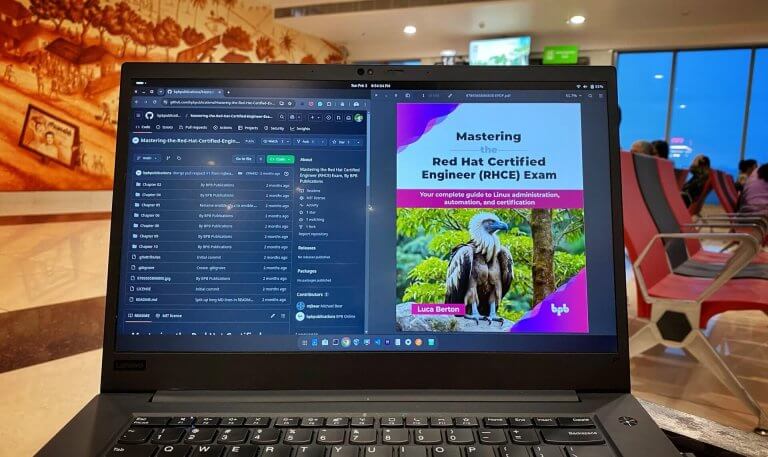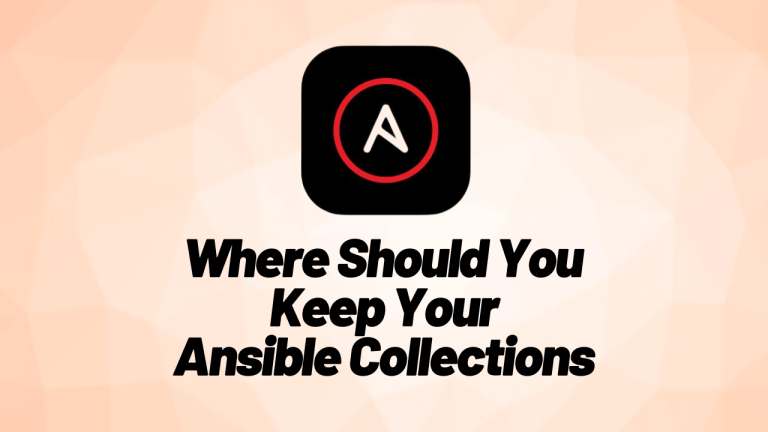
Ansible / Automation / DevOps / Kubernetes
Adding new nodes to Kubespray Managed Kubernetes Cluster
Kubespray is a combination of Ansible and Kubernetes and you can use Kubespray for deploying production ready Kubernetes clusters.
Read how to deploy a Kubernetes cluster using Kubespray.
You can manage full-lifecycle of Kubernetes clusters using Kubespray and in this demo we will see how to add new nodes to existing Kubernetes clusters.
(Photo by Albin Berlin from Pexels)
For the demo, we have a running kubernetes cluster with 1x master node and 2x worker nodes.
gini@greenmango kubespray % kubectl get nodes
NAME STATUS ROLES AGE VERSION
master-1 Ready master 3h6m v1.19.3
node-1 Ready <none> 3h5m v1.19.3
node-2 Ready <none> 3h5m v1.19.3Step 1: Provision new Nodes
Create new nodes and make sure it is available from the machine where you have your Kubespray repository. Also configure password-less ssh key based access to new nodes.
Step 2: Update Inventory
Update inventory/mycluster/hosts.yaml with new nodes information. See below example where we have added node-3 information.
all:
hosts:
master-1:
ansible_host: 192.168.50.11
ip: 192.168.50.11
access_ip: 192.168.50.11
node-1:
ansible_host: 192.168.50.21
ip: 192.168.50.21
access_ip: 192.168.50.21
node-2:
ansible_host: 192.168.50.22
ip: 192.168.50.22
access_ip: 192.168.50.22
node-3:
ansible_host: 192.168.50.23
ip: 192.168.50.23
access_ip: 192.168.50.23
children:
kube-master:
hosts:
master-1:
kube-node:
hosts:
node-1:
node-2:
node-3:
etcd:
hosts:
master-1:
k8s-cluster:
children:
kube-master:
kube-node:
calico-rr:
hosts: {}
Step 3: Run cluster.yml to add new node to cluster
gini@greenmango kubespray % ansible-playbook \
-i inventory/mycluster/hosts.yaml \
cluster.yml -u devops -b -l node-3Wait for playbook to be completed.
Also Read : 10 Tips for CKA & CKAD Exams
Step 4: Verify newly added node in Kubernetes cluster
Let us see if the nodes the added to Kubernetes cluster.
gini@greenmango kubespray % kubectl get nodes
NAME STATUS ROLES AGE VERSION
master-1 Ready master 4h9m v1.19.3
node-1 Ready <none> 4h8m v1.19.3
node-2 Ready <none> 4h8m v1.19.3
node-3 Ready <none> 82s v1.19.3Here you go, new node named node-3 is part the cluster and you can schedule workload on the same.
Disclaimer:
The views expressed and the content shared in all published articles on this website are solely those of the respective authors, and they do not necessarily reflect the views of the author’s employer or the techbeatly platform. We strive to ensure the accuracy and validity of the content published on our website. However, we cannot guarantee the absolute correctness or completeness of the information provided. It is the responsibility of the readers and users of this website to verify the accuracy and appropriateness of any information or opinions expressed within the articles. If you come across any content that you believe to be incorrect or invalid, please contact us immediately so that we can address the issue promptly.
Tags:
Comments
2 Responses
Leave a Reply







[…] Adding new nodes to Kubespray Managed Kubernetes Cluster – November 27, 2020 […]
[…] Read how to add new nodes in Kubespray managed Kubernetes Cluster […]